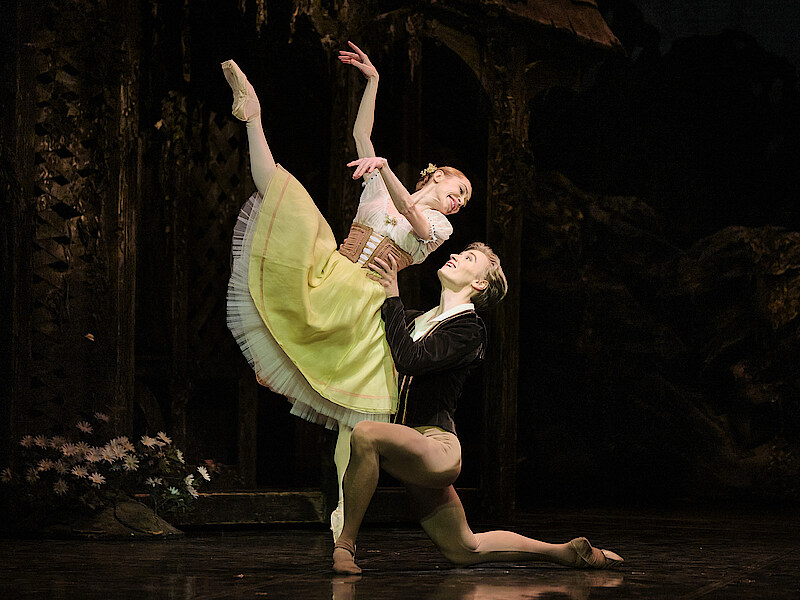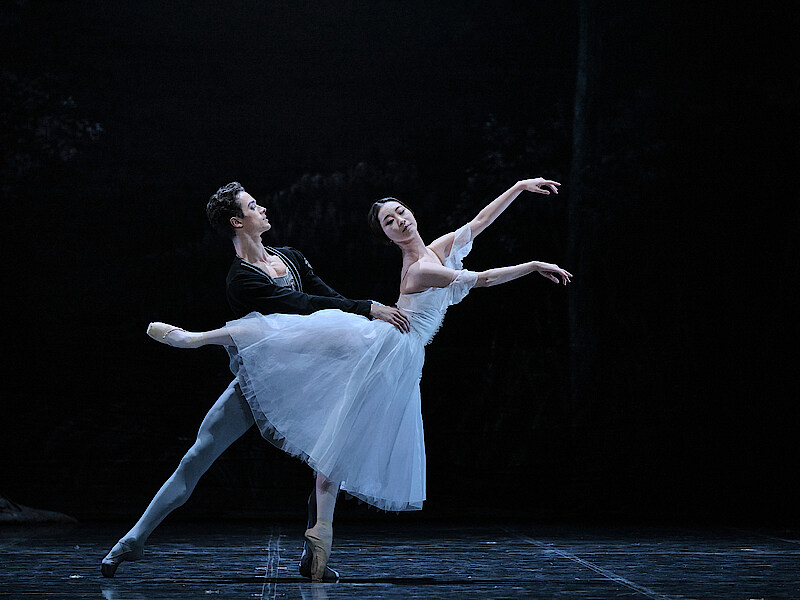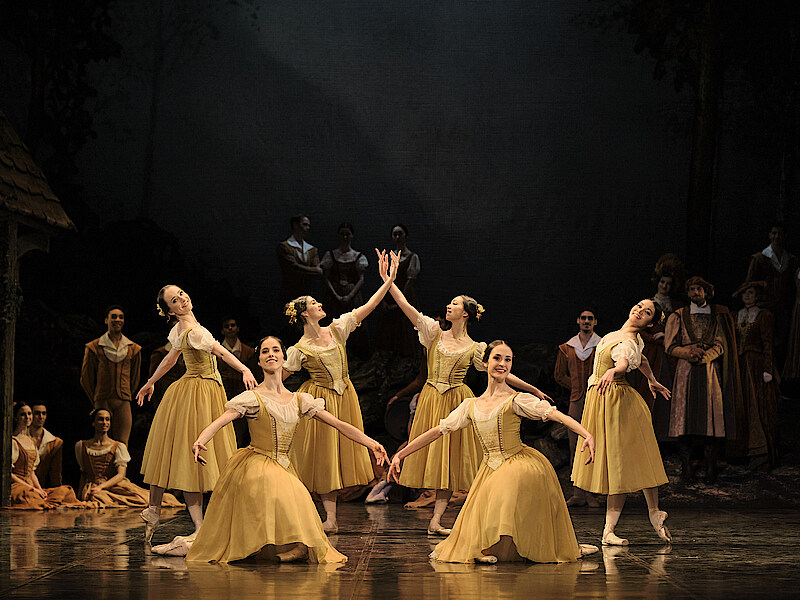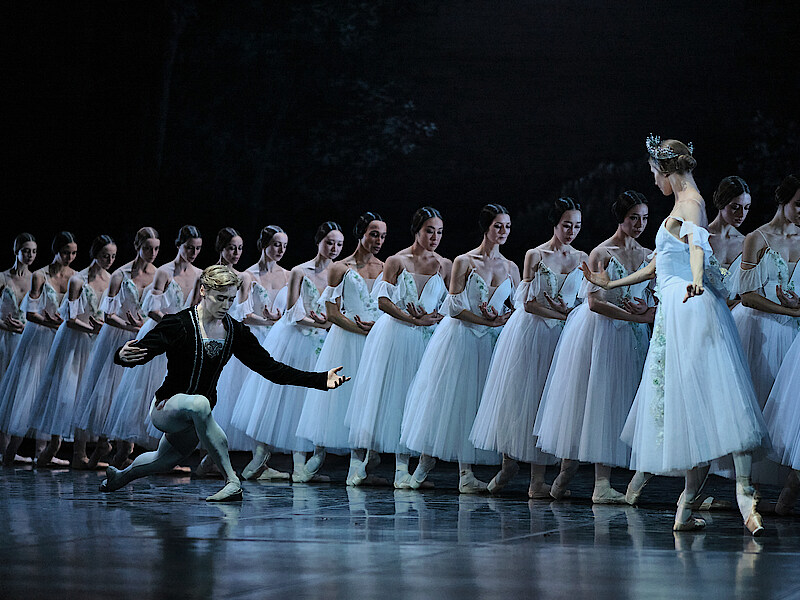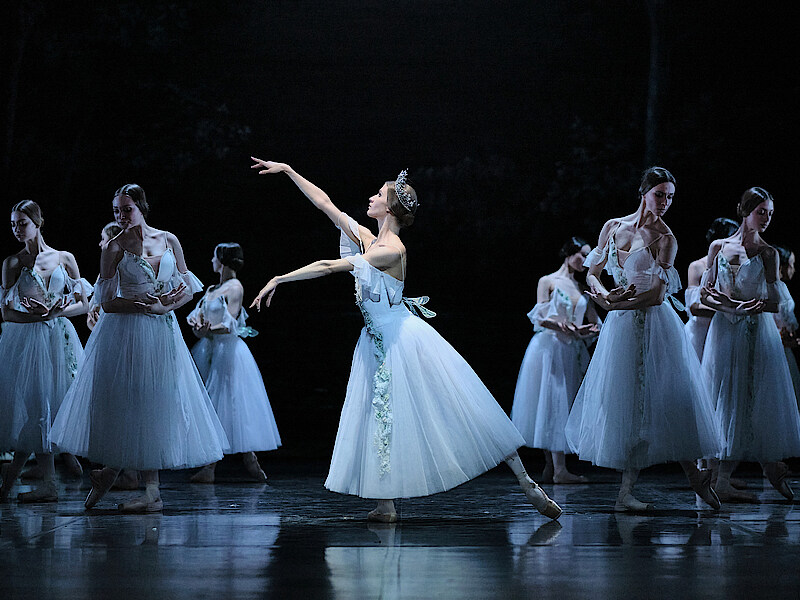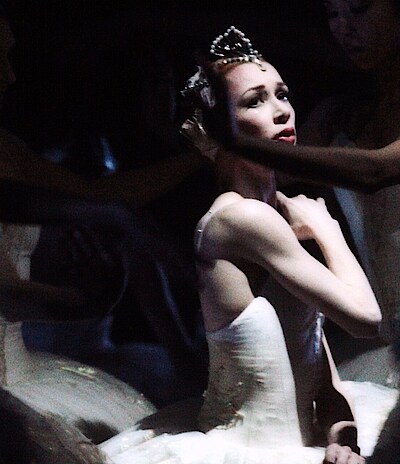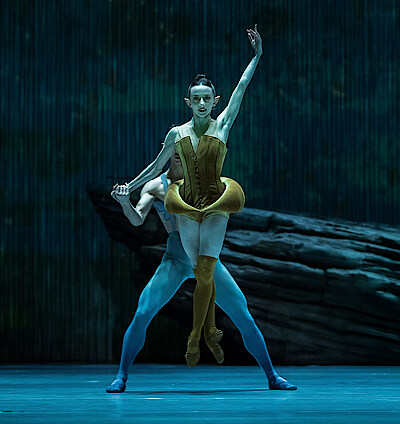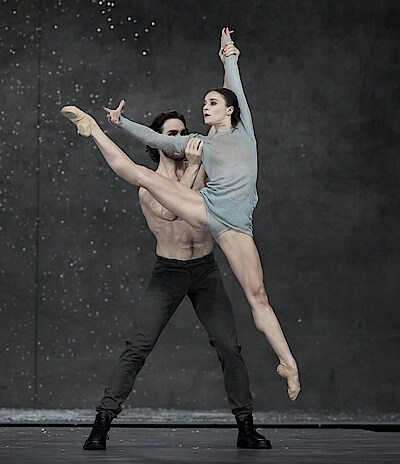No further performances this season.
To Die Beautifully: An Aesthetics of Transience
Column
In the backdrop of artistic creation, death plays a significant role. From dramatic theater plays to lavish opera performances, the motif of stage death is the pivot of countless productions. Often, it's the classical conflict that drives the plot forward: a love triangle, a thwarted or impossible love leading to rivalry and revenge, despair, madness, or suicide.
In opera, death fills the scenery with its own musical language. But even in ballet, death is staged in a unique way. Here, in classical ballet, it is portrayed not only as a tragic figure but above all as an aesthetic expression. Ballet infuses death with an almost tangible liveliness while simultaneously exploring the fragility of life and the deep emotions that accompany it, as seen in Anna Pavlova's interpretation of Mikhail Fokin's choreography of the Dying Swan. Ballet not only harnesses the expressive power of dance but also the artistic design of costumes, especially the iconic tutu, to enhance the portrayal of death. The transparent white, calf-length, so-called romantic tutu originated in the 19th century and became indispensable on the dance stage with the invention of the pointe shoe and pointe technique. During this time, theater sets were increasingly illuminated with gas lights and the first electric lamps, allowing for the play of light and shadow, with the transparency of semi-transparent curtains inspiring illusionistic representations. This mystical backdrop, where the tutu appeared almost like a floating veil, not only fueled the audience's imagination but also inspired librettists, composers, directors, and set designers in the Romantic era. The transparency and lightness of the tutu intensified the effect by creating the impression that the dancer was literally floating through space – a sensation reminiscent of ghosts or supernatural beings. It underscored the aesthetics of death or a supernatural appearance, such as that of ghosts, fairies, or other spiritual beings.
In this cultural context, death was no longer viewed as the ultimate event but rather understood as an aesthetic concept connecting human finitude with the beyond. In the ballet Giselle, love itself leads to death. The aestheticization of death manifested as a cultural tendency in various artistic expressions, including classical ballet. It unfolded not only as a central question on stage but also as an existential question of real life in the 19th century.
Quoted from the Ballet Paper No. 2, author: Katja Wiegand
